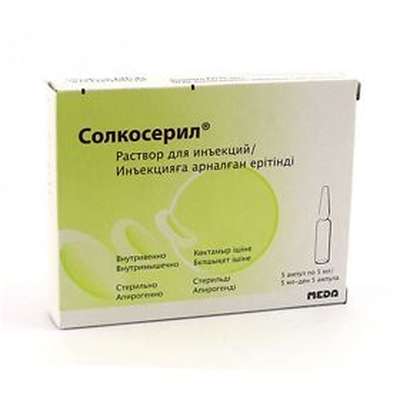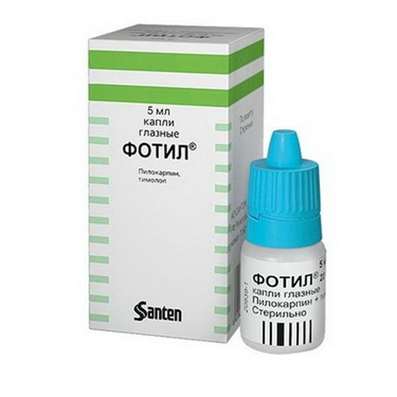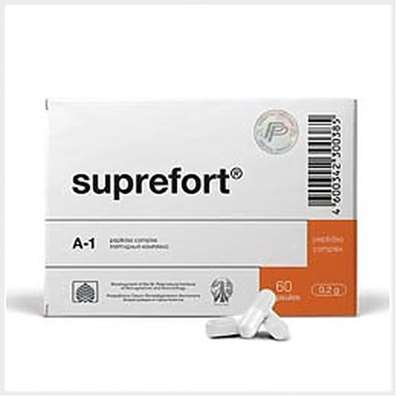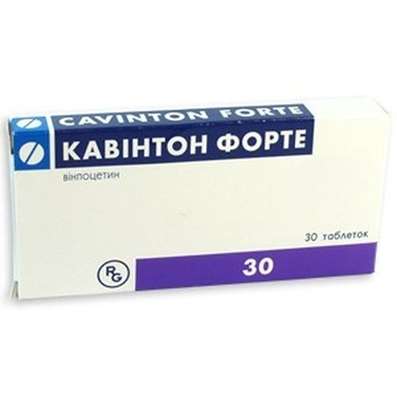Pharmacokinetic parameters
19 Jan 2017
Many pharmacogenetic patterns find the explanation from pharmakokinetics positions is important area of pharmacological researches which describes processes of an absorption, distribution, a metabolism and elimination (egestion) of the medicinal preparation administered in an organism. Below the key pharmacokinetic parameters which are used for development of drugs and rationalization of their use are stated.
The patients having chronic diseases, for example diabetes and an epilepsy have to take medicine every day throughout all life. However some need only one dose of drug for putting off of a headache.
The way which the person for medicine reception uses is called a dosage regimen. Both duration of medicinal therapy, and a regimen of dosage depend on the therapy purposes (treatment, simplification of a course of a disease, prophylaxis of a disease, and in practice of sports preparation — rising of the general and special sports working capacity, acceleration of processes of restoration of an organism after serious exercise and psychoemotional stresses). As practically all drugs have side effects, rationalization of a pharmacotherapy is reached at the choice of an optimum ratio medical and side effects of drug.
However first of all it is necessary to choose medicine correctly. The decision is made on the basis of the exact diagnosis of a disease, knowledge of a clinical condition of a sick and deep comprehension both pathogenetic mechanisms, and mechanisms of effect of drug. Further it is necessary to define a dose, a regimen of dosage and duration of reception. At the same time it is necessary to consider therapeutic width, or differences between an effective and toxic dose. Frequency of reception is defined by time during which there is an essential depression of effect after a single dose of drug. Duration of treatment is defined by time of achievement of therapeutic action without the expressed side effects, in certain cases there are also pharm economic problems. For each patient these questions have to be considered in a complex.
In recent times the trial and error method at which a dose, the scheme of dosage and a way of introduction were chosen empirically, proceeding from change of a condition of the patient was a basis of their decision. However in some cases the chosen regimens led to toxic implications or were noneffective. It was obscure, for example, why Tetracyclinum has to be prescribed each 6 — 8 h, and digoxin — once a day; why Morphinum is more effective at intramuscular introduction, than at peroral, etc. You can also like Oftalamin.
To overcome restrictions of empirical approach and to answer the arisen questions, it is necessary to understand events which follow after administration of drug. The researches in vitro and in vivo show that efficiency and toxicity are a function of concentration of medicinal substance in bioliquid in the place of its action. It follows from this that the objectives of a pharmacotherapy can be achieved by maintenance of adequate concentration of medicine in the scene of action during the entire period of treatment. However extremely seldom happens that medicine appears in the field of a target at once. For example, for intake the drugs operating on a brain, heart, a neuromuscular synapse, etc. that demands their transport to the scene of action are prescribed. At the same time medicinal substance is distributed in all other tissues, including those organs, especially a liver and kidneys which bring it out of an organism.
In the drawing the phenomena taking place after administration of drug inside are presented. In the beginning rate of its entering in an organism exceeds rate of elimination, at the same time concentration increase in a blood and other tissues, often exceeding the level necessary for implication of therapeutic action, and sometimes causing toxic effects. Then rate of elimination of medicinal substance becomes above rate of an absorption therefore concentration of drug as in a blood, and tissues decrease, decrease implications of its action. Thus, for rationalization of use of drug it is necessary to have an idea of kinetics of processes of an absorption, distribution and elimination, i.e. a pharmacokinetics. Use of pharmacokinetic parameters to management of process is a subject of a clinical pharmacokinetics.
The patient's status after reception of medicine can be divided into two phases: pharmacokinetic in which a dose, the dosage form, frequency of reception and a method of introduction communicate with dependence concentration of medicinal substance — time, and phase where concentration of medicine in the scene of action communicates with an amplitude of called effect.
Separation of these two phases promotes development of the mode of dispensing. First, it is possible to carry out demarcation between the pharmacokinetic and reasons of unusual response to medicine. Secondly, the key pharmacokinetic parameters are used for all medicinal substances; information obtained about pharmacokinetics of one medicine can be prognostin pharmacokinetics of another, having a similar way of biotransformation. Thirdly, the understanding of pharmacokinetics of medicine allows selecting a method of its application, to fulfill the personal mode of dispensing with predictable consequences.
Thus, the basic principle of clinical pharmacokinetics is that values as desirable, and toxic effect are functions of concentration of medicinal substance in the place(s) of its action. According to it therapeutic insufficiency arises when concentration of medicine or too low that doesn't allow to be shown to effect, or too high that causes toxic complications. Between these boundaries of concentration the area causing success of therapy lies. This area can be considered as "a therapeutic window". It is very seldom possible to measure directly concentration of medicine in the place of its action, the content of the entered substance and/or its metabolites is normal it is measured in available biosubstrata — in plasma, blood serum. Optimum for dispensing the mode providing concentration of medicinal substance in blood plasma within "a therapeutic window" can be read. Therefore to a bowl of all medicine are assigned in the discrete intervals of time for maintenance of balance with deduction process.
Development of pharmacokinetic researches in the second half of the 20th century was of great importance for pharmaceutical industry. For example, if it is revealed that active medicine is insufficiently soaked up though it is intended for oral administration, then it is possible to choose bond with smaller activity, but it is better getting into an organism. The similar decision can be made at a stage of preclinical trials as the main processes of pharmacokinetics for mammals are similar and can be extrapolated from animals to the person. The same conclusion can be made concerning pharmacokinetic experiments on the animals referred on selection of the drug doses recommended to the person.
Pharmacokinetics of two medicinal preparations containing the same medicinal substance in one dose: MTK — the minimum toxic concentration; MEK — the minimum effective concentration
Pharmacokinetic researches in the course of the first phase of the clinical tests which are usually carried out on healthy volunteers give the chance to estimate various dosage forms and regimens of their dosage. Pharmacokinetic control on the second phase of clinical trials provides objective assessment of efficiency and safety on small selection of patients, allows to make recommendations on rational use of drug on the third phase of clinical tests. In necessary cases pharmacokinetic researches continue after permission of a medical use for improvement of profile. The sequence of actions for development of medicine and its assessment is presented on the scheme.
Pharmacokinetic researches are necessary also for the solution of a fundamental problem of a pharmacotherapy — individual sensitivity. In effects of drugs carry age, sex, body weight of the patient, type and severity of a disease which are in addition accepted by the patient the drugs, addictions and other environmental factors influencing the pharmacokinetic mechanisms controlled in turn by an individual set of genes to the reasons of differences.
As a result at one patients the standard regimen of dosage will be optimum, at others no effective, at the third — toxic.
Purpose at the same time of several drugs to the patient can lead to problems as their interaction in an organism is capable to cause changes in pharmacokinetics of separate drugs also.
Thus, need of use of pharmacokinetic parameters for development and use of medicines doesn't raise doubts.
For the description of a pharmacokinetic profile of medicinal substance a series of the parameters necessary for the choice of a regimen of dosage is used.

 Cart
Cart





